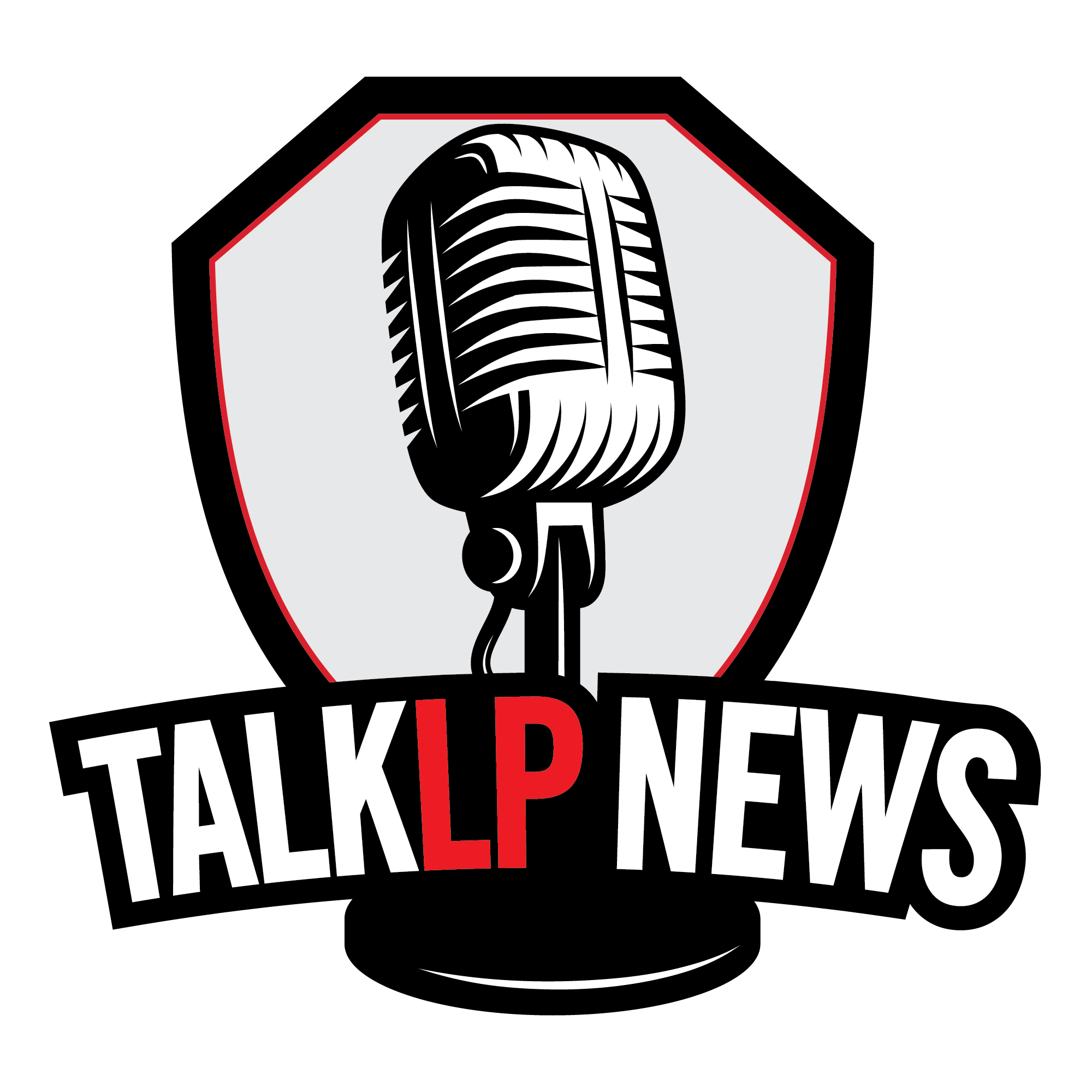Hospitals are among the most dangerous workplaces in the United States.
Data from the Bureau of Labor Statistics shows that health and social care services accounted for 73% of nonfatal workplace violence incidents in 2021 and 2022.
As frontline workers, nurses often face the highest mistreatment. In a 2023 survey by National Nurses United, eight in 10 nurses said they’d experienced workplace violence, and about 37% said they’d considered leaving the profession because of the issue.
Chris Paravate, the chief information officer of Northeast Georgia Health System, said nurses at the system were among those facing workplace violence. The network of five hospitals across Northeast Georgia provides care for more than one million people.
“Patient care can sometimes be challenging and lead to violent situations,” Paravate told Business Insider. “These incidents can arise in seconds, so it’s crucial to respond promptly and accurately with staff support.”
While the hospitals have always had safety procedures in place, they wanted to see whether technology could make their outdated protocol safer. They trialed a location-tracking badge to improve response times for workplace violence.
Courtesy of Northeast Georgia Health System
Modernizing an old system
Like many other hospitals, nurses at NGHS previously relied on a panic button at the nurse station on each floor to call for help in an unsafe situation. When they couldn’t reach the panic button, they had only one way to raise the alarm: shouting.
“The very idea of putting a duress button in the nurse station is ridiculous because nurses don’t sit in front of a desk,” Rom Eizenberg, the chief revenue officer at Kontakt.io, a healthcare analytics company, told BI.
The New York-based company designed an ID badge holder with a thin battery and button on the back. Instead of racing to a nurse station or shouting for help, nurses at NGHS can discreetly press the button when they need assistance.
The badge connects to a real-time location system, a type of technology that tracks the live location of people or objects. When the button on the safety badge is pressed, the RTLS traces the location of other nurses in the building and transmits an alert to whoever is close by via text or an overhead speaker. This means help can arrive fast without the need to notify all staff members. The security team is also alerted.
Eizenberg said the idea is to flood the room with other healthcare workers as quickly as possible in order to change the power dynamic. “We don’t want to arrest people if we can avoid it. We want to de-escalate the conflict as much as we can,” he said.
Courtesy of tktk
One tool, many uses
Paravate said 10,000 staff members were wearing the safety badges, and many nurses had reported feeling safer as a result.
Since implementing the safety badges, NGHS has discovered other ways to use location tracking across its hospitals.
For instance, one nurse may be tasked with visiting a set number of patients every hour to perform routine inspections. Previously, the nurse would have to log onto a computer and register the inspection as complete. This low-level task took up valuable time. In fact, in a survey by Google Cloud and The Harris Poll last year, clinicians reported spending nearly 28 hours a week on administrative tasks such as documentation.
Now, the safety badge automatically connects to a computer and logs when a nurse enters a patient’s room to perform a routine inspection.
NGHS is also testing a system to show staff photos and job titles on a monitor in the patient’s room upon entry. When a nurse enters a room, their safety badge sends a notification to the RTLS. This system then triggers the monitor to show the nurse’s details.
“Patients often have numerous staff members entering their rooms for various reasons, from housekeeping to medical care,” Paravate said. Displaying information about the staff who are attending to them “helps make our patients feel more comfortable and informed, while also ensuring optimal patient rounding,” he added.
Paravante said the system was also planning to use RTLS to track a patient’s location in order to improve care delivery. For instance, patients might be given a badge to wear during their treatment, which would be used to track metrics like waiting room times. Then, when the badge is returned during their discharge, the tracking system could automatically alert cleaning staff to prepare their room for a new patient.
Courtesy of Northeast Georgia Health System
A barrier to adoption
Eizenberg said coordinating care in such a busy environment could often be disjointed. While technology can be a solution, he added, adopting it across large organizations such as hospitals can take time. “Hospitals are not only complex but also conservative.”
It’s an issue that persists across healthcare. Esther Rodriguez-Villegas, a professor who founded the med-tech company Acurable, told BI that hospitals and clinicians could be slow to adopt new technology because of complex administrative processes and hesitation from healthcare leaders.
She estimated that about 10% to 15% of clinicians were open to using new tools. “The rest are cautious, not because they don’t believe in innovation, but because their time is scarce, the stakes are high, and they’ve been burned before,” she said.
Rodriguez-Villegas added that integrating new technology into hospitals’ existing systems was also a major barrier.
“Even if clinicians love your solution, it still has to talk to their electronic health record system, fit their workflow, and not trigger an avalanche of change requests,” she said. “Integration is expensive, time-wise and politically, and hospitals are overloaded as it is.”
Even so, healthcare organizations are looking ahead. Research by the University of North Carolina found that nearly a fifth of US hospitals had already adopted some form of AI across their systems by 2022.
Rodriguez-Villegas said that despite the challenges, technology had the potential to reshape clinician-patient relationships. “Tech can shift entire systems from reactive to proactive,” she said. “Identifying issues earlier, reaching patients who would otherwise fall through the cracks, and freeing up human capacity where it’s most needed.”

